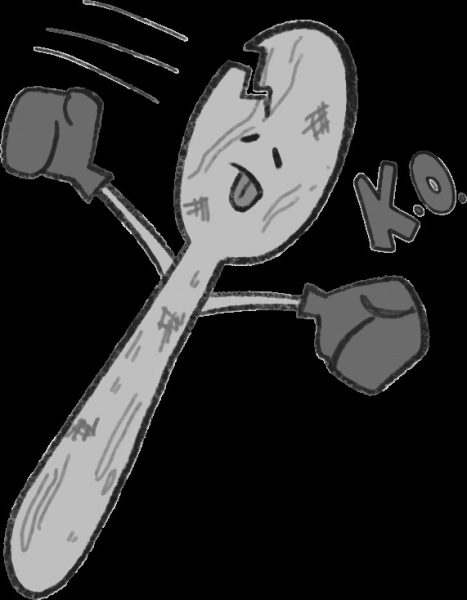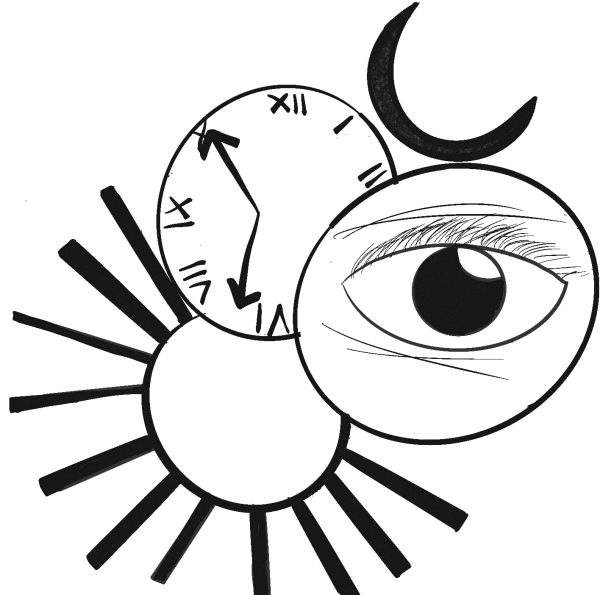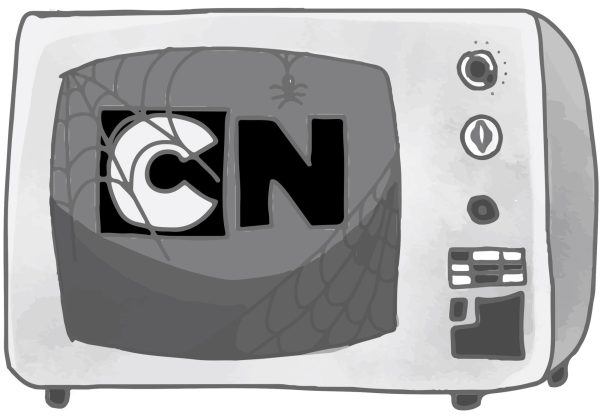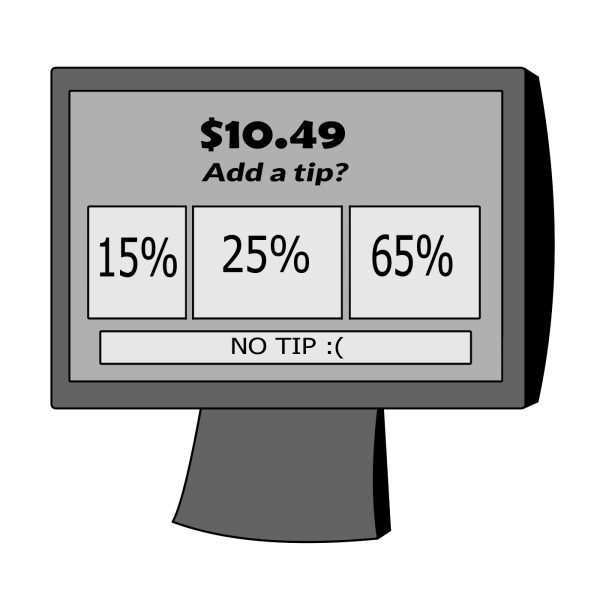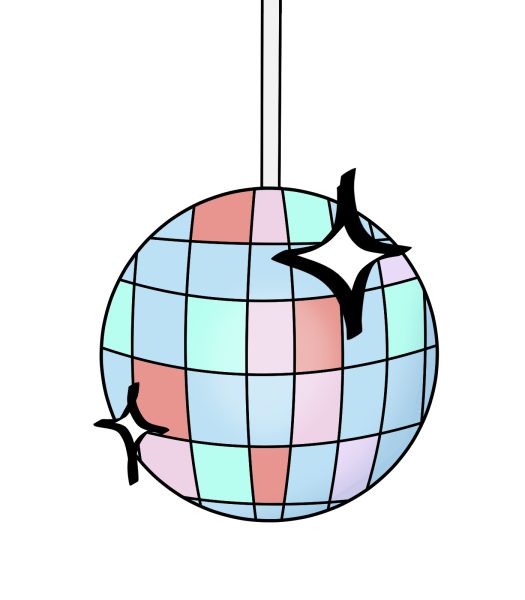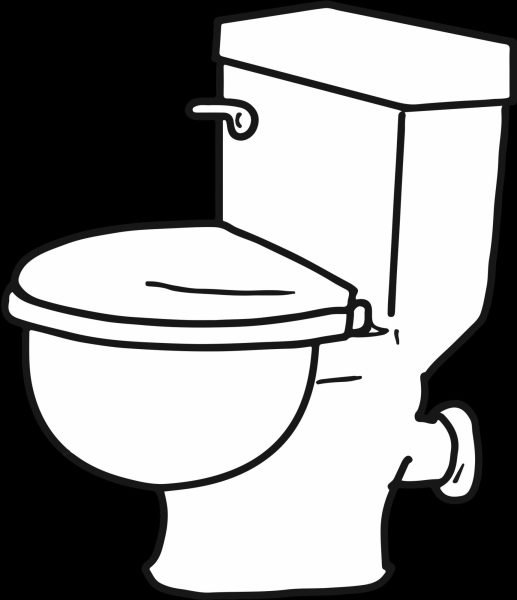Spin it or bin it?
January 3, 2023
I’ve always had a passion for music, so collecting things such as records and CDs has always seemed reasonable to me. As physical music has recently shown a resurgence in popular culture, many wonder what the appeal is for higher price tags and reduced convenience. Streaming has been the primary method of consuming media over the past decade or so. It’s accessible and has a much larger library for a cheaper price. So why is physical music making a comeback?
Like many other items that can be collected, physical music has a wide appeal to audiences young and old. CDs are generally sold and created more than records, in addition to being cheaper ($10-$15). Demand and the production process for records makes them more expensive than CDs, generally around $30-$40. Meanwhile, Spotify Premium and Apple Music are only $10 a month. Yet, as a collector, I can justify the higher prices for a few albums.
When it comes to smaller artists, purchasing physical forms of their music is a much better way to support them and their work. On average, Spotify artists get paid between $0.003 – $0.005 per stream. This means it would take around 3,000 streams for the artist to make $12, a regular price for a CD, and 7,500 streams to make $30, the typical price for a record. Personally, buying physical media is a way of supporting smaller artists and collecting albums that I have a strong emotional connection to. I understand why many would rather pay for a music subscription than spend the same (or triple) that monthly cost on a single album, but if you care about the artists you listen to, have financial stability, and enjoy collecting music, I bet you’d be able to find a balance in your spending.
Many people, myself included, enjoy cataloging their items which helps them learn more about a variety of genres and keep track of their growing collections. Collecting is a hobby for many; some simply seek contentment, while others seek to gain a higher social status from their collections. Some people enjoy collecting physical music because it makes them feel cool and they like to show their items off (I’m guilty of this). Whenever I go on a trip, I keep my eyes open for small record stores in the cities and will often splurge on a record and think of it as a souvenir from that city.
However, large collections can be inconvenient. Physical music needs more care and equipment compared to the tools you use to stream. Records and CDs can be very fragile and easily damaged. Despite this, as long as you are careful with your music and don’t mind investing a bit extra into your collection, none of this should be a problem.
While they can be costly and require extra care, records and CDs are valuable pieces of my music taste. My collection contains some of my very favorite albums and artists, as well as some of my best memories. It may not be for everyone, but I definitely think having an assortment of music that I know has helped support my favorite artists feels worth the cost. Plus, if you miss a monthly payment, your collection won’t disappear.



